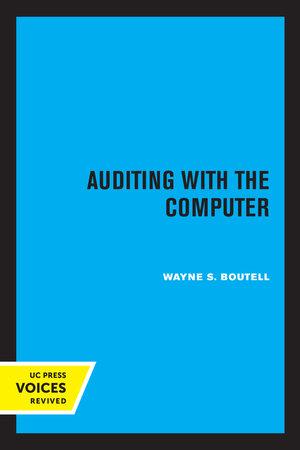1.3. Assuming that Job 431 consisted of 100 units of product, what is the total cost per unit? Show your work and present your work in good order. 1.4. Amounts at the end of 2022 are as follows: Compute the under applied or over appiled manuracturng overnead ror each ueparunen an for the Dayton plant as a whole. Show your work and present your work in good order. 1.5. Mayers Company could have used the following options for manufacturing overhead allocation: (1) use one manufacturing overhead pool for the Dayton plant and allocate the overhead cost using direct labor hours for the plant or (2) use one manufacturing overhead pool for the Dayton plant and allocate the overhead cost using machine hours for the plant. Instead of these options, Mayers Company adopted the approach described above. Why might Mayers Company use two different manufacturing overhead cost pools in its job-costing system? Please be sure that your explanation is complete, and be sure to include numbers in your explanation. For example, you can contrast manufacturing overhead allocations to Job 431 using the two or more alternatives implied in this requirement (using one cost pool vs two cost pools). Show your work and present your work in good order. Question 2 Peak Manufacturing produces two types of battery-operated toy soldiers: infantry and special forces. The soldiers are produced by using one continuous process. Four activities have been identified: machining, setups, receiving, and packing. Resource drivers have been used to assign costs to each activity. The overhead activities, their costs, and the other related data are as Required: 2.0. Please follow the presentation format applied for similar questions in the packet for chapter 5 (see the presentation for Question 1 or Question 2). Note: No response is expected for this requirement (i.e., requirement 2.0 ). 2.1. Calculate the total overhead cost assigned to each product by using only machine hours to calculate a plantwide rate. Show your work and present your work in good order. 2.2. Calculate a rate for each activity by using the associated driver. (Round to two decimal places.) Show your work and present your work in good order. 2.3. Assign the overhead costs to each product by using the activity rates computed in Requirement 2.2. Show your work and present your work in good order. 2.4 . Discuss the difference between the assignment of overhead costs in Requirement 2.1 and the assignment of overhead costs using activity-based costing. Include amounts assigned to each







